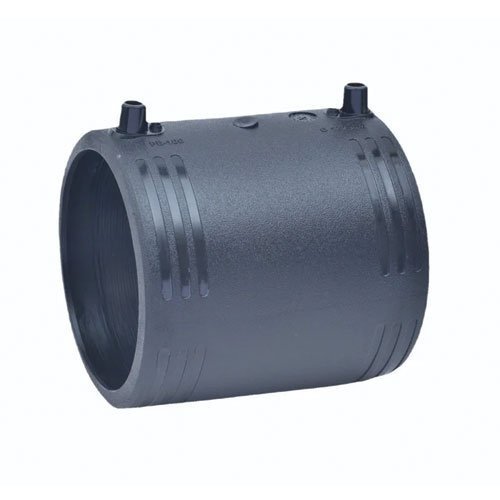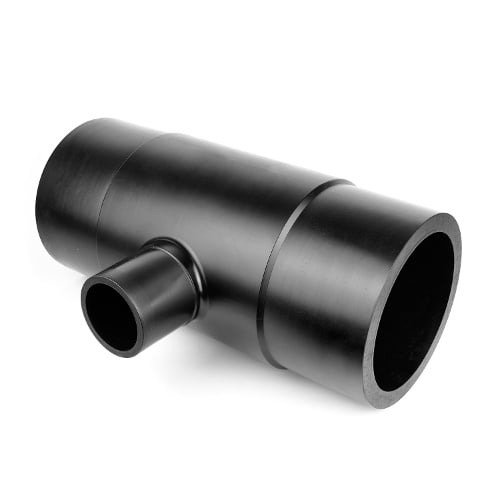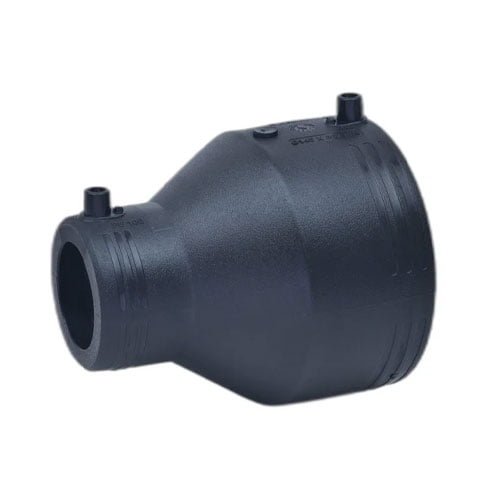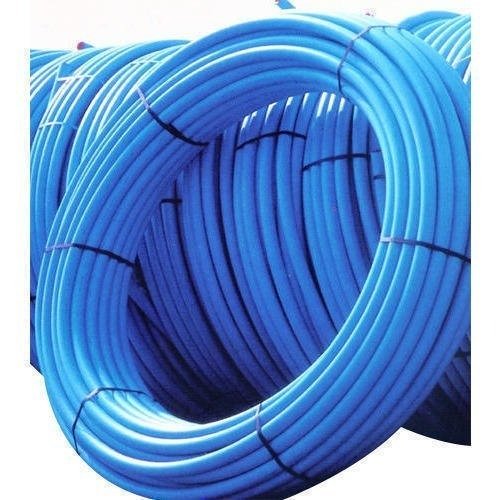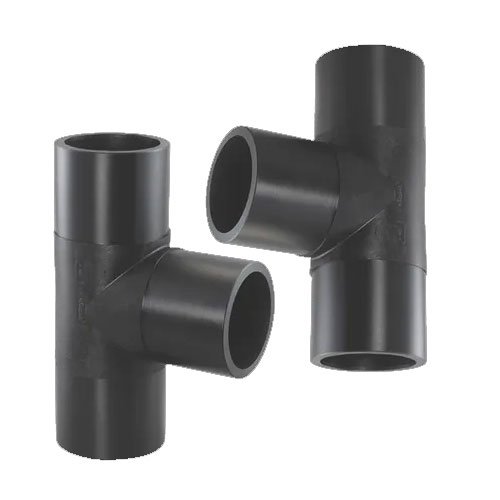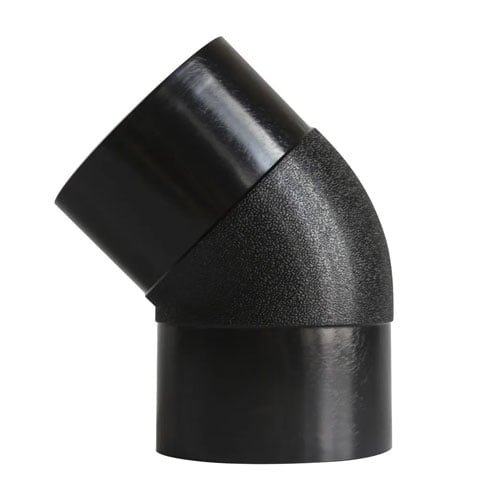High-Density Polyethylene (HDPE) service saddles are vital components used in plumbing, irrigation, and water distribution systems to create branch connections on pipelines. In this comprehensive guide, we’ll delve into the features, benefits, installation process, and applications of HDPE service saddles.
What is an HDPE Service Saddle?
An HDPE service saddle is a fitting designed to connect a branch line to a main pipeline without interrupting the flow of the main pipe. It consists of a base that wraps around the main pipe and a threaded outlet or socket for attaching the branch line. Typically, manufacturers use high-density polyethylene (HDPE) material to make these saddles, which is known for its durability, chemical resistance, and long service life.
Features and Benefits of HDPE Service Saddles:
- Durable Construction: HDPE service saddles are resistant to corrosion, chemicals, and abrasion, ensuring long-lasting performance in various environments.
- Leak-Free Connections: The design of the saddle and the sealing mechanism (usually gaskets or O-rings) ensure leak-free connections, maintaining system integrity.
- Easy Installation: These saddles are designed for simple and quick installation, reducing downtime and labor costs during pipeline modifications or repairs.
- Versatility: HDPE service saddles are compatible with a wide range of pipe materials, including HDPE, PVC, ductile iron, and steel pipes.
- Pressure Rating: They are available in different pressure ratings to suit various applications, from low-pressure irrigation systems to high-pressure industrial pipelines.
- Cost-Effective: HDPE service saddles offer a cost-effective solution for creating branch connections compared to traditional welding or hot tapping methods.
Installation Process of HDPE Service Saddles:
- Preparation: Ensure the main pipeline is clean, free from debris, and properly supported. Cut the main pipe at the desired location for the branch connection.
- Fit the Base: Open the service saddle and position the base around the main pipe at the cut location. Make sure the saddle is aligned correctly and securely tightened.
- Mark and Drill: Use the pre-marked holes on the saddle base as a guide to mark the drilling points on the main pipe. Drill holes at the marked points using a suitable drill bit.
- Install Gasket/O-ring: Place the gasket or O-ring on the sealing surface of the saddle base to ensure a tight and leak-free seal.
- Attach Branch Line: Thread the outlet or socket of the service saddle and connect the branch line using appropriate fittings, such as threaded adapters or compression couplings.
- Secure and Test: Secure all connections tightly and test the system for leaks and proper functionality before putting it into service.
Applications of HDPE Service Saddles:
- Irrigation Systems: Used in agricultural irrigation systems to create lateral connections for sprinkler heads or drip lines.
- Water Distribution Networks: Installed in water supply pipelines for residential, commercial, and industrial buildings to add service connections.
- Municipal Utilities: Used by municipal utilities for tapping into existing water mains or sewer lines during infrastructure expansions or repairs.
- Industrial Pipelines: Applied in industrial settings for branching off process pipelines, cooling systems, and utility lines.
- Plumbing and HVAC: Used in plumbing and HVAC systems to connect branch lines for fixtures, equipment, and distribution networks.
Conclusion:
HDPE service saddles play a crucial role in creating reliable and efficient branch connections in pipelines across various applications. With their durable construction, leak-free sealing, ease of installation, and compatibility with different pipe materials, these saddles offer a cost-effective and versatile solution for pipeline modifications, repairs, and new installations. By choosing high-quality HDPE service saddles and following proper installation practices, users can ensure long-term performance and integrity in their piping systems.


